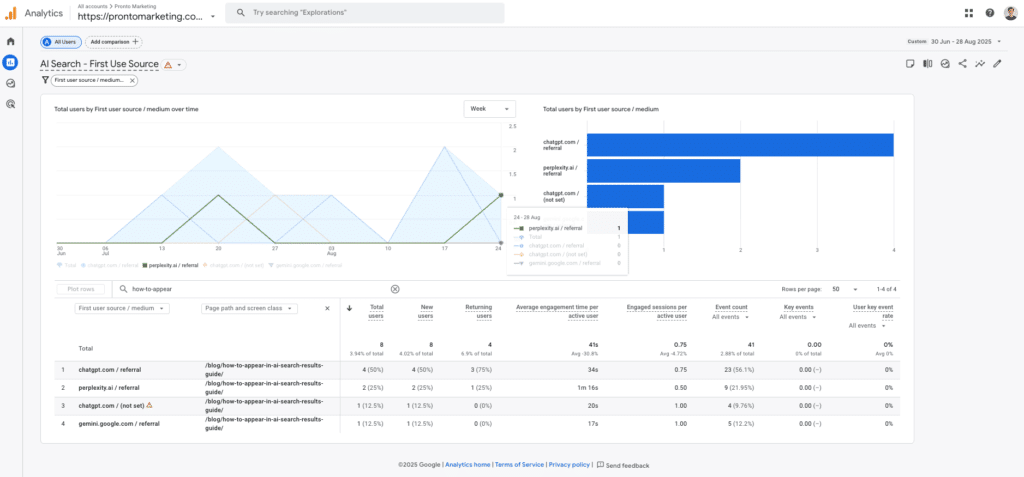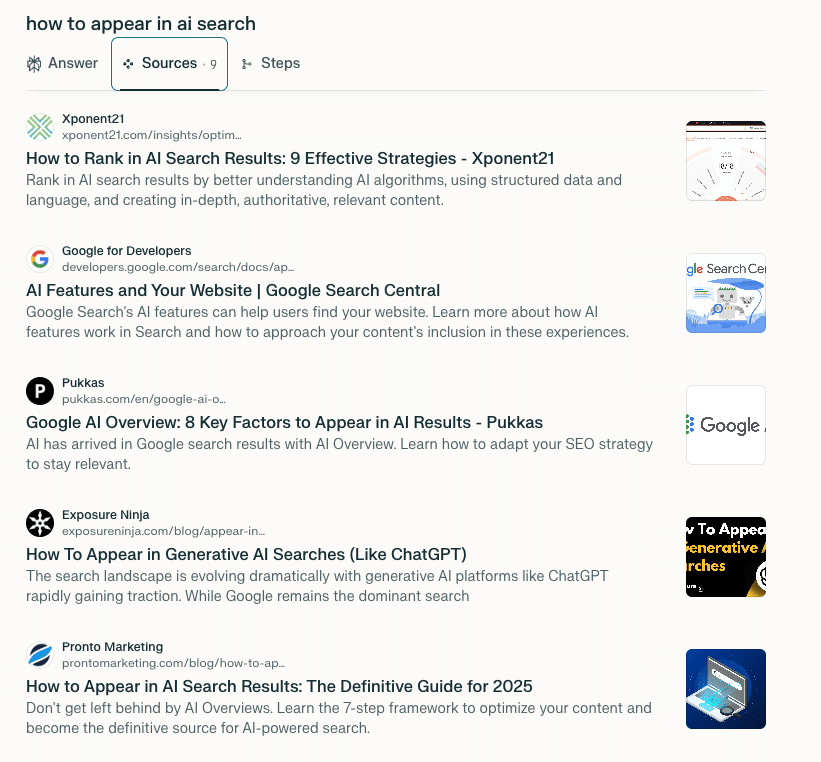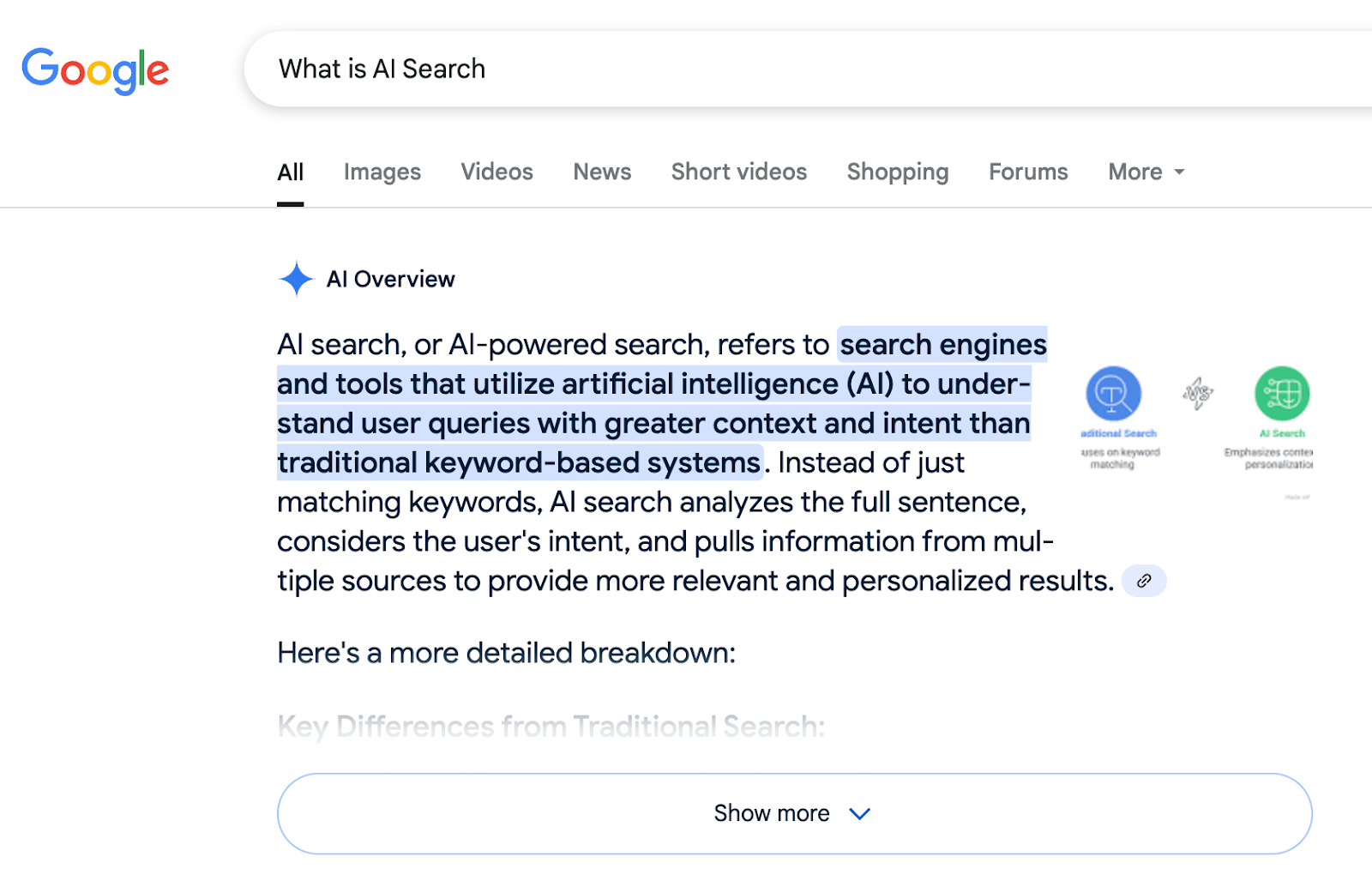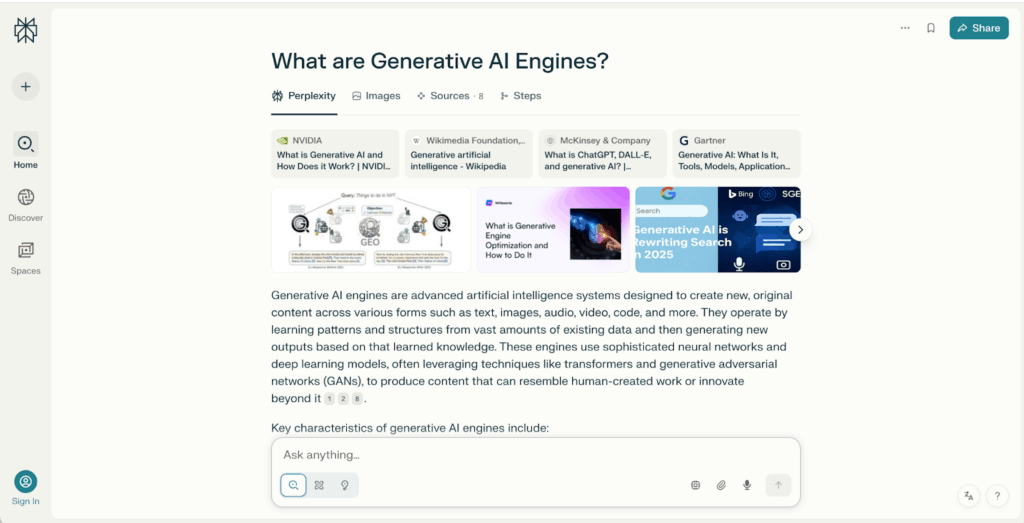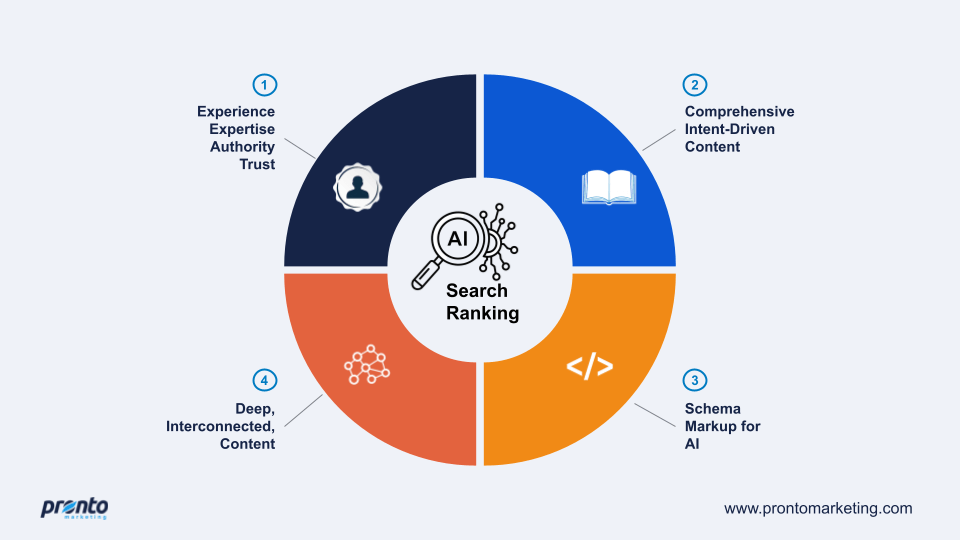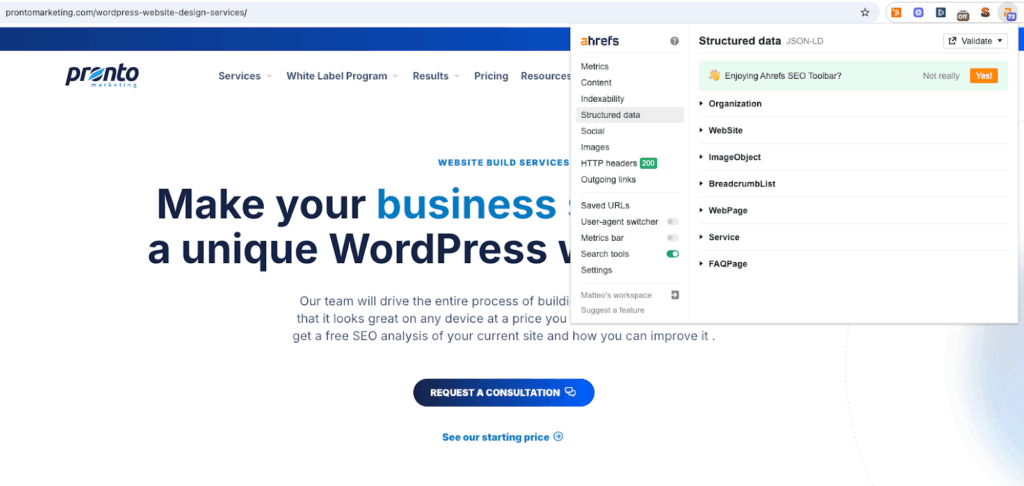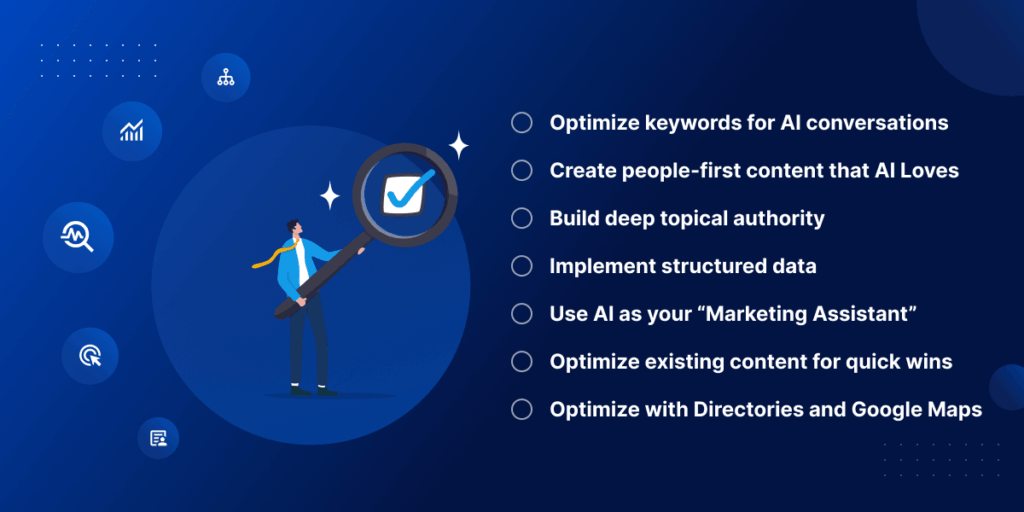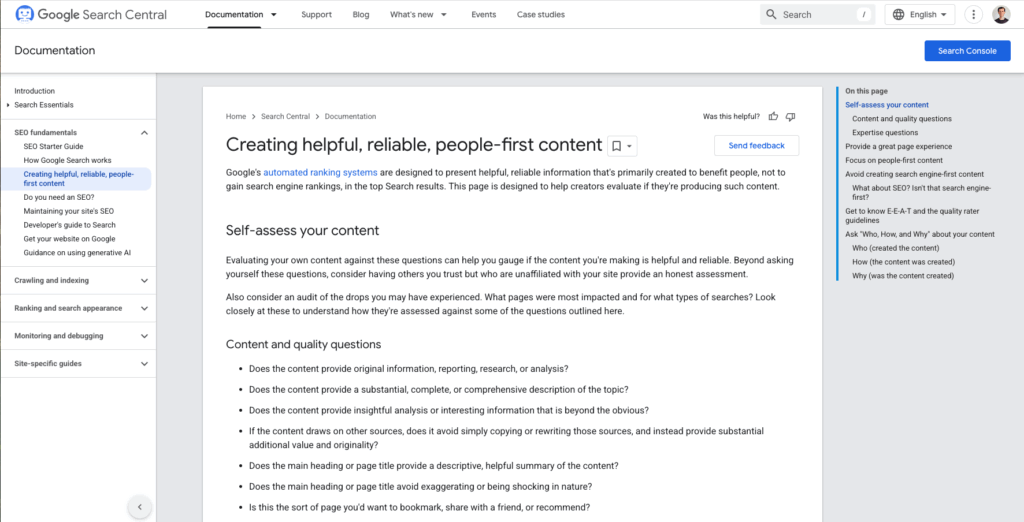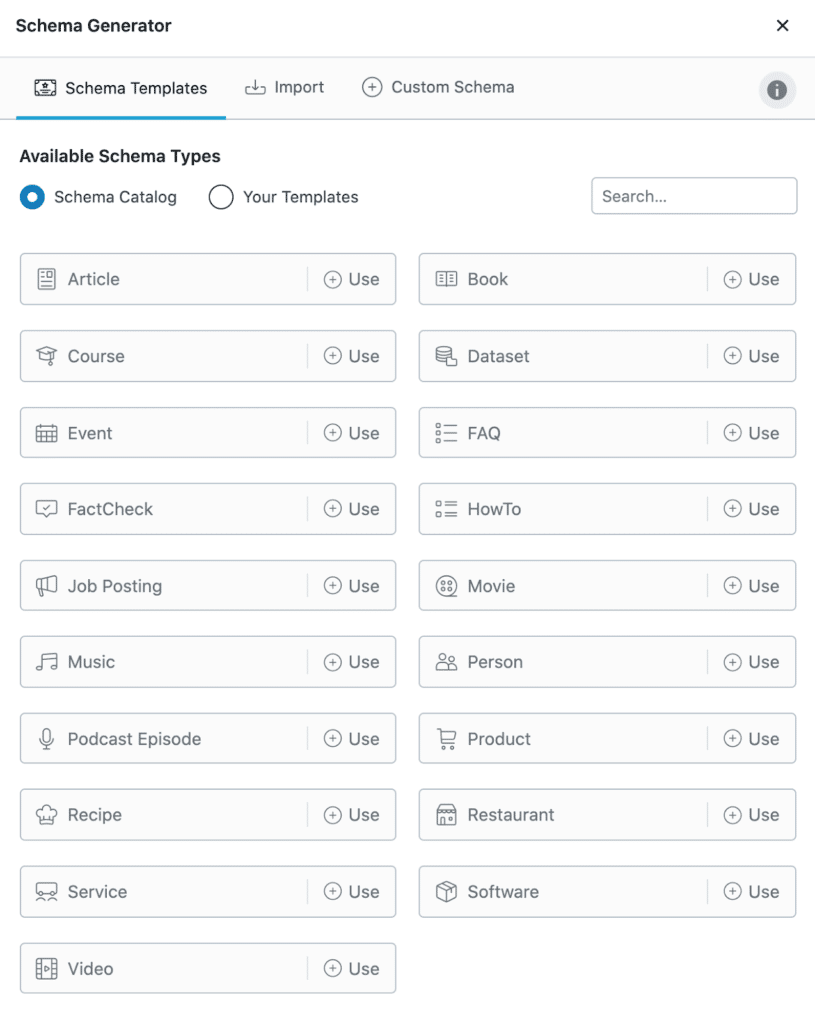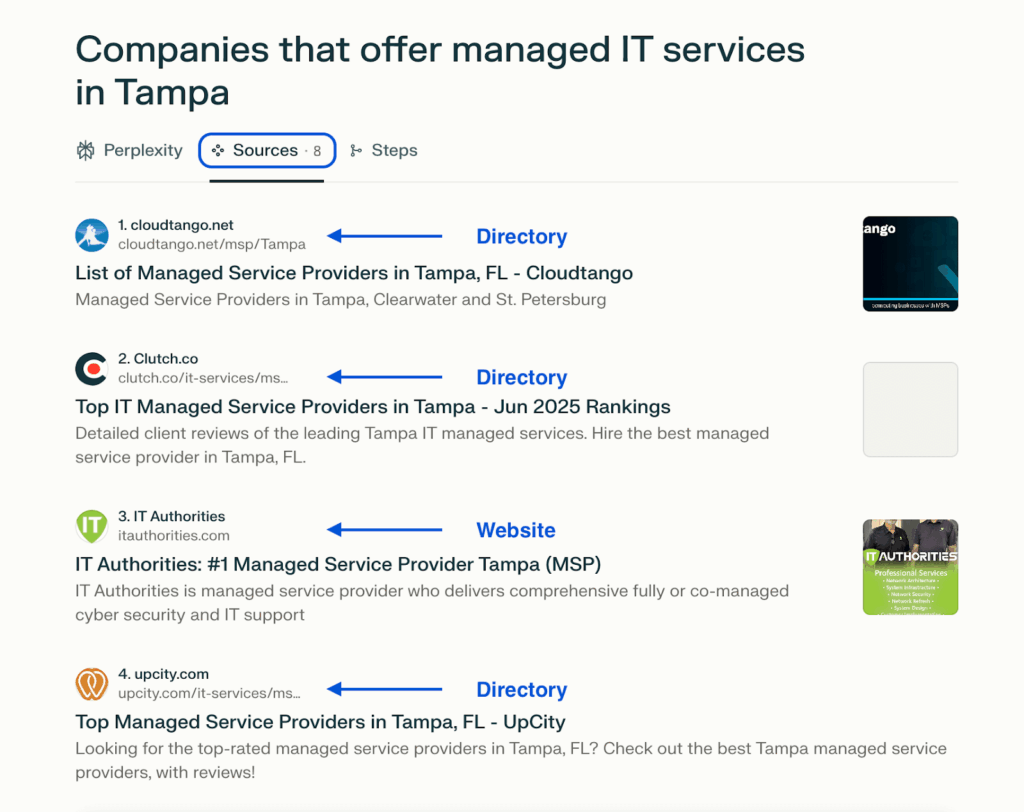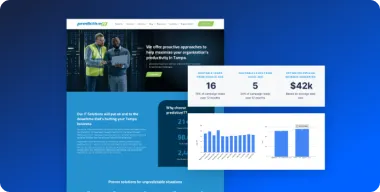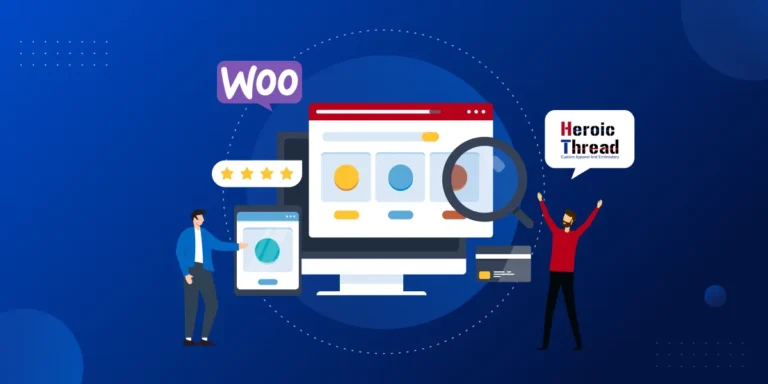Updated on September 11, 2025: Added images showing how this guide is now appearing in AI-generated searches and getting traffic from AI apps.
Search is evolving dramatically with Google’s AI Mode and AI Overviews now front and center in results.
AI Overviews deliver concise, generative summaries of queries, while AI Mode allows deeper, conversational interactions powered by Google’s Gemini models.
This isn’t a small tweak to the algorithm; it’s a fundamental shift in how users discover information.
As more people lean on AI-driven responses instead of traditional links, businesses face a vital question: with more and more people using AI to search instead of Google, how do we optimize our website so we appear in more AI responses?
In less than 60 days after publishing this post, we actually got this guide to show up in AI Search Results and below is the proof:
Back to why this matters.
Consider this stark reality: some reports show that nearly 60% of searches may end without a click to a website. If your business isn’t the source of the AI’s answer, you risk becoming invisible. This creates a critical threat for the unprepared but a massive opportunity for the savvy.
The goal is no longer just to rank on page one—it’s to become the source for the AI’s answer, establishing your brand as the definitive authority in your field.
This guide cuts through the hype. It’s a step-by-step framework specifically for businesses, especially MSPs and professional services firms, to adapt and win.
We will show you exactly how to optimize your digital presence for the age of AI search.
Key Takeaways
- Search is changing: Many searches now end directly in AI Overviews rather than website clicks.
- To appear in these AI results: Businesses must become authoritative sources by creating high-quality, comprehensive, and trustworthy informational content (not just service pages).
- This involves focusing on: Google’s E-E-A-T guidelines, structuring data with Schema, building topical authority with content hubs, and leveraging AI tools ethically as a marketing assistant, all while continuing to optimize existing content.
- Track your performance: Use Google Search Console, Google Analytics and dedicated AI analytic tools for insights into AI search performance.
7-Step AI Search Optimization Checklist
- Optimize keywords for AI conversations
- Create “People-First” Content that AI Loves
- Build deep topical authority with a vertical focus
- Implement structured data
- Use AI as your “Marketing Assistant”
- Optimize existing content for quick wins
- Optimize for commercial intent with directories and Google Maps
Keep reading to get a more detailed action plan based on those seven AI search optimization strategies.
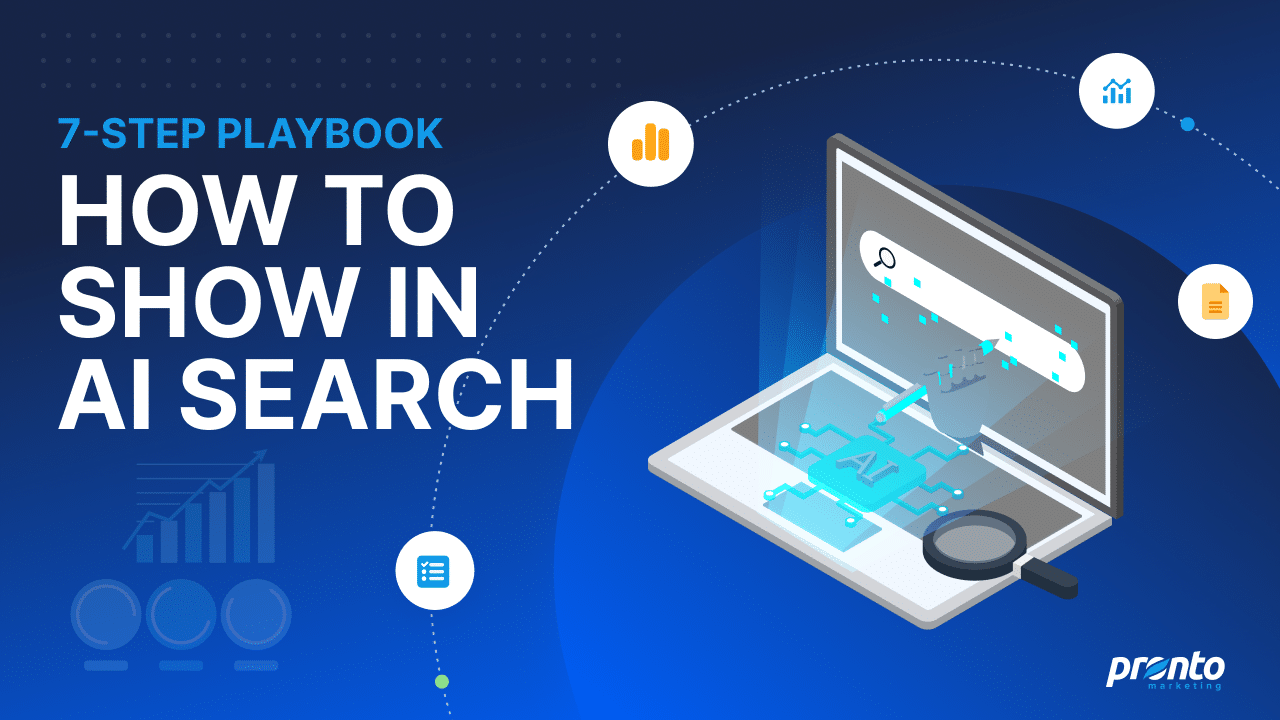
What is AI Search? A Guide to the New Reality
To win the game, you first need to understand the new rules. AI search isn’t a future concept; it’s the new reality of how your customers are finding answers. So, what is it, and why is it such a game-changer for your business?
Let’s define the key terms in a simple, jargon-free way.
AI Overviews: These are the AI-generated summaries you now see at the top of many Google search results. Instead of just giving you a list of ten blue links, Google’s AI generated results read multiple top-ranking pages and synthesize a direct, concise answer to the user’s query, complete with citations to its sources.
Generative AI Engines: This refers to platforms like Perplexity AI or features within AI chatbots like ChatGPT that can browse the web to answer questions. They all work on a similar principle: find the best information online and create a new, summarized answer.
The core business impact is twofold.
First, there’s the “Zero-Click Threat.”
If a user gets their answer directly from the AI generated summaries, they have no reason to click through to your website. If you’re not cited in that summary, you don’t exist for that search.
But on the other side is the “Authority Opportunity.”
Being the cited source in AI search results instantly positions your brand as a credible, authoritative leader on that topic. It’s a powerful endorsement from Google itself, telling users that your content is trustworthy.
This is happening because consumer behavior is changing at light speed.
As Search Engine Land reports, two-thirds of consumers think AI will replace search in the next five years, underscoring that your customers will increasingly expect these instant, synthesized answers.
How AI Search “Thinks”: The Secret to Becoming a Trusted Source
To optimize for AI search results, you need to understand how the technology “thinks.” Demystifying this process reveals the logic behind the strategies that work. It’s not magic; it’s a process designed to find the most helpful and trustworthy content.
The Brains (LLMs)
At the heart of AI search are Large Language Models (LLMs). Think of these as the engines.
They are AI systems trained on vast amounts of text and data from the internet, which allows them to understand language, context, and concepts in a remarkably human-like way. They can read, summarize, and generate new text based on the patterns they’ve learned.
The “Live Research” Process (RAG)
Here’s the part that directly impacts your business. For any new question a user asks, the AI doesn’t just rely on its stored knowledge. It uses a process called Retrieval-Augmented Generation (RAG).
Here’s a simple analogy: Imagine you ask an expert research assistant a complex question. They don’t just answer from memory. Instead, they find documents, articles, and books on the topic. Read and comprehend them. Then create a comprehensive document with all the important information and details, carefully citing the sources they used.
That’s exactly what RAG does. The AI performs a “live” search, analyzes the top-ranking pages, and uses that information to generate its summary.
The Crucial Takeaway
This process reveals the secret to appearing in AI results. To be cited by an AI, your content must first be a top-ranking, highly trusted source that the AI can find during its “live research” phase.
Also, your information must be clear, well-structured, and factual, making it easy for a machine to parse, understand, and trust. The new gatekeeper isn’t just a search algorithm; it’s an AI model that needs to be convinced of your authority.
The 2025 Ranking Factors: What Really Matters for AI SEO
The rise of AI search has shifted the hierarchy of what matters in SEO.
While the foundation remains, the emphasis has changed. Understanding these new priorities is the key to developing an effective AI SEO strategy.
First, let’s acknowledge the foundation.
Core SEO pillars still matter—they are the price of entry.
According to Backlinko, established factors like quality content, backlinks, technical SEO, keyword optimization, user experience, schema markup, social signals, and brand signals are still the bedrock of search engine visibility. You can’t ignore them. However, AI places a powerful new lens on these factors.
Here are the four factors that matter most in this new era.
Factor 1: The E-E-A-T Imperative
Experience, Expertise, Authoritativeness, and Trustworthiness (E-E-A-T) are now paramount.
This isn’t just an abstract concept from Google’s quality guidelines anymore; it’s a core directive for the AI models themselves. They are explicitly designed to find, favor, and cite content from verifiable experts.
The AI asks:
- Experience: Does the author have firsthand, real-world experience with this topic?
- Expertise: Is the content written by a subject matter expert?
- Authoritativeness: Is this website or author a recognized authority in this industry?
- Trustworthiness: Is the site secure, are the facts accurate, and is the information reliable?
Factor 2: Content That Answers Completely
The focus is shifting from simple keyword density to deep comprehensiveness.
The winning page is the one that most thoroughly and clearly answers the user’s entire question and any potential follow-up questions. Search engines are no longer just matching keywords; they are matching intent.
AI models look for the single best resource that can resolve a user’s query in its entirety. This means your quality content must be in-depth, well-organized, and focused on solving a problem, not just targeting a phrase.
Factor 3: Structured Data as a “Cheat Sheet” for AI
Structured data, primarily through Schema markup, has become a critical advantage.
Think of it as a “cheat sheet” you provide directly to search engines – wether it’s Google or ChatGPT.
This code “translates” your content into a language that machines can instantly understand. It explicitly tells Google things like, “This section is a frequently asked question,” “This is the author of the article,” or “This is a review with a 5-star rating.”
This clarity makes your content a more reliable and easily digestible source for the AI, increasing the odds it will be used.
Factor 4: Demonstrable Topical Authority
A single great article isn’t enough to convince an AI of your expertise.
Artificial intelligence looks for websites with a deep and interconnected library of valuable content in a specific niche. This is called topical authority.
When you consistently publish high-quality, interlinked articles, case studies, and guides all centered around a core subject, you send a powerful signal to search algorithms that you are a true master of that domain. This makes your entire site a more trusted source, not just a single page.
Your 7-Step Plan to Dominate AI Search Results
Theory is important, but action is what drives results. This section provides the core, actionable “how-to” of our guide. Follow these seven steps to adapt your content marketing and SEO efforts to win in the age of AI.
Step 1: Optimize Keywords for a Conversational World
The way people search is becoming more natural and conversational, thanks in large part to voice assistants and AI chatbots.
To appear in AI Overviews, which are often triggered by these types of queries, you must adapt your keyword research strategy.
Move beyond targeting simple two-word keywords. Instead, focus on the long-tail, full-sentence questions your audience is actually asking. Think about the specific problems they are trying to solve.
- Old Keyword: “ransomware protection”
- New Conversational Query: “how to protect my business from ransomware”
Actionable Tip: Use free tools like AnswerThePublic or Google’s own “People Also Ask” section in search results. These are goldmines for discovering the exact questions, pain points, and user intent behind searches in your industry.
For example, a search for “MSP services” can be expanded to target a much more specific and valuable query like, “What IT services do small law firms need?”
Step 2: Create “People-First” Content That AI Loves
The single best way to optimize content for AI is to stop trying to optimize for AI. Instead, focus on creating content for people. This old paradigm of SEO fundamental rewards what Google calls “helpful content”. While this concept isn’t new, AI search behaviors generally reinforce it and perhaps make it even more important.
At Google and Pronto, we call this creating “People-First Content”—information written to solve a human’s problem, not to trick an algorithm. The paradox is that by focusing on the user, you create exactly the kind of clear, helpful, and comprehensive material that AI models are designed to find and feature.
Actionable Tips:
- Structure for Clarity: Use clear, logical headings (H2s, H3s) to break up your text.
- Write Concisely: Keep paragraphs short, ideally 2-3 sentences maximum. This improves readability for humans and helps AI process the information.
- Be Unique: Include unique insights, proprietary data, or firsthand experiences (your ‘E’ in E-E-A-T). This is what separates your content from the sea of generic articles online and makes it truly valuable.
Step 3: Build Deep Topical Authority with a Vertical Focus
To signal true expertise, you need to go deep, not just wide. Building topical authority by creating a “hub” of content around a core subject is a powerful strategy for proving your expertise to AI. This means creating a cluster of interlinked content around a central theme.
Instead of having a single, generic “Cybersecurity” page, an MSP dedicated to proving its expertise should create content hubs for the specific verticals it serves.
Real-World Example: An MSP could build a topical hub around “IT for Healthcare”. This wouldn’t be a single page. It would be a strategic collection of interconnected content, including:
- Pillar Page: “The Ultimate Guide to HIPAA-Compliant IT for Healthcare Providers”
- Spoke Articles: “5 Cybersecurity Threats Facing Private Medical Practices in 2025,” “How to Choose a Secure EMR System,” “Data Backup and Disaster Recovery for Dental Offices.”
- Case Study: “How We Helped a Local Clinic Achieve Full HIPAA Compliance”
This approach signals undeniable expertise to both users and search algorithms, establishing you as the expert in that niche.
Step 4: Implement Structured Data: Your AI “Cheat Sheet”
If content quality is what gets you in the game, implementing structured data is what gives you a competitive edge.
As mentioned, schema markup is a vocabulary you add to your site’s code to tell search engines exactly what your content is about. It removes all ambiguity.
You don’t need to be a developer to get started. Many WordPress plugins (like Yoast SEO or Rank Math) have built-in features to help you implement schema markup easily.
Image: Rank Math Schema Generator
Actionable Tips for AI Search: Prioritize These Schemas:
- FAQPage: Perfect for question-based content. Mark up your FAQ sections to explicitly tell Google, “These are answers to common questions.”
Notes: Different strategies exist for FAQs. They’re most commonly used on a Pricing page, but they’re also relevant for Service pages and service-specific questions. Lastly, you may opt for having a dedicated FAQ page. (Those strategies aren’t mutually exclusive)
If you use a page builder like Elementor, then the Accordion element which is typically used for putting together an FAQ segment already has an option for you to mark is a “FAQ schema”.
- Article: Defines your content as a blog post or article, specifying the author, publication date, and headline.
- Organization: Provides key details about your business, like your logo, address, and phone number, which builds trust.
- Service: Crucial for B2B. Clearly define your specific offerings, like “Managed IT Services,” “Cloud Backup,” or “VoIP Solutions.”
- Review: Important for ecommerce, if you have testimonials or reviews on your site, this schema can add trust-building star ratings directly into your search results. These must be user generated and not self-created content.
Step 5: Leverage AI as Your “Marketing Assistant”
It’s ironic, but one of the best ways to optimize for AI is to use AI yourself—strategically and ethically. The key is to treat AI as a Marketing Assistant, not an author. It’s a powerful tool to augment your expertise, not replace it.
Practical Uses for AI Tools:
- Research & Brainstorming: Use AI chatbots to brainstorm question-based keywords, generate dozens of blog post ideas, or create a detailed outline for an article in seconds.
- Content Auditing: Paste your existing content into an AI tool and ask it to act as an editor. Prompts like, “Simplify this language,” “Identify the key takeaways and put them in a bulleted list,” or “Rewrite this for a less technical audience” can provide immense value.
- Create Case Studies: Conduct client interviews, transcribe the conversation, and then use an AI tool to help you draft compelling case studies highlighting client success and your unique value proposition based on the transcript.
- Code Generation: Ask an AI to generate the FAQPage or Service structured data markup for your content. You can then copy, paste, and validate it.
The Golden Rule: Always have a human expert review, edit, and add unique insights to any AI-assisted content. This ensures accuracy, maintains your brand voice, and injects the essential “E” for Experience that only a human can provide.
Step 6: Optimize Your Existing Blog Content for a Quick Win
You don’t need to start from scratch. One of the highest-impact activities you can do right now is to go back and optimize your existing content library. Identify your top-performing blog posts and service pages in Google Analytics or Google Search Console and give them an AI-readiness tune-up.
Actionable Tip for Blog Content: You can ask your favourite AI to help you create a process to review your content.
1. Start by asking you AI app of choice:
“Search the internet to understand the content and writing style that helps blog articles appear in LLMs”.
2. Once it has that knowledge in its memory, ask it:
“Act as a content strategist specializing in AI search optimization. Your task is to analyze writing style, current content, and content gaps for the following topic and URL, and give advice on how to be featured in an AI-generated answer. Topic: [INSERT TOPIC]. URL [INSERT URL]”.
Step 7: Optimize for Commercial Intent with Directories and Google Maps
While much of the focus of AI search is on informational queries, it’s important not to overlook “commercial intent” searches—when users are looking to pay for a service. For these queries, directories and Google Maps play a vital role, often being used to synthesize the AI search response.
To ensure your business captures this critical traffic, you must focus on:
- Directory Presence: Ensure your business has accurate, consistent, and complete profiles on relevant industry directories and local listing sites like Clutch, UpCity, Cloudtango, and G2.
- Google Business Profile: Your Google Business Profile is paramount for local and commercial searches. Keep it updated with accurate hours, services, and photos.
- Client Reviews: Actively encourage satisfied clients to leave reviews on your Google Business Profile and key directories. High-quality, authentic reviews significantly boost your visibility and trustworthiness for commercial AI search queries.
Your 7-Point Action Plan Summary:
- Create Content Around Customer Questions: Use tools like AnswerThePublic or Google’s “People Also Ask” section to discover common questions, then build your content around providing thorough answers.
- Pillar and Cluster Pages, and Case Studies: Develop comprehensive “pillar pages” that cover a broad topic in depth. Then, create several “cluster pages” that delve into specific sub-topics related to the pillar page, and a case study related to the same vertical. This structured approach demonstrates extensive knowledge and a logical organization of information.
- Add an Author Byline: Clearly attribute articles to a named expert within your organization. Include a short author bio with their credentials and experience. This strengthens the E-E-A-T signal to AI models.
- Improve Readability: Break up long paragraphs into shorter ones (2-3 sentences). Turn dense text into scannable bullet points or numbered lists.
- Summarize Key Points: Add a “Key Takeaways” box near the top of the article to give readers and AI a quick summary of the most key information.
- Refine Titles and Headings: Ensure your main title and H2/H3 headings are clear, direct, and, where appropriate, phrased as questions.
- Optimize for Local Commercial Intent: Ensure strong directory presence, master your Google Business Profile, and prioritize client reviews to capture commercial intent searches.
How to Measure Success (and Mistakes to Avoid)
Optimizing for AI requires a shift in how you measure success. Traditional vanity metrics don’t tell the whole story. Here’s how to track your performance and what costly pitfalls to avoid.
New Metrics to Watch
Your primary tool here will be Google Search Console.
- Performance in AI Overviews: While still rolling out, Google is adding reporting to GSC that shows how often your content appears in AI Overviews and how many clicks you get from them. This will become your most important metric.
- AI Analysis Tools: There’s also dedicated AI analysis tools coming available like Peec AI. These tools can track brand mentions across all major AI search websites.
- Long-Tail Query Performance: Pay close attention to your clicks and impressions for long-tail, conversational queries. An increase here is a strong leading indicator that your content is aligning with the types of searches that trigger AI generated summaries.
- Featured Snippet & PAA Rankings: Use SEO tools to track your rankings for Featured Snippets and “People Also Ask” (PAA) boxes. The content that populates these features is often the same content used to source AI Overviews. Winning these is a strong proxy for AI-readiness.
Costly Mistakes to Avoid
- Ignoring Technical Health: All the quality content in the world won’t matter if your site is slow, insecure, or not mobile-friendly. Technical SEO fundamentals like page speed and mobile optimization are prerequisites for being trusted by AI.
- Publishing Soulless AI Content: Using unedited, generic AI generated content is the fastest way to get ignored. It lacks E-E-A-T, often contains factual errors, and has no unique perspective. It is the opposite of helpful content.
- Forgetting Authority Signals: Don’t get so focused on on-page content that you forget off-page signals. Building high-quality backlinks, gathering client testimonials, publishing case studies, and maintaining an active Google Business Profile are all crucial for demonstrating trustworthiness to AI.
- Keyword Stuffing: The old-school tactic of unnaturally forcing keywords and conversational phrases into your content is more harmful than ever. It makes the text unreadable for humans and is easily spotted by sophisticated AI models. Write for humans first, always.
Conclusion: Your Future in Search Starts Now
The shift to AI driven search results is not a distant trend; it’s the new standard.
The businesses that cling to outdated SEO tactics risk being left behind, while those who adapt will seize a powerful competitive advantage.
Winning in 2025 and beyond depends on a clear, threefold strategy:
- Create helpful, People-First content that demonstrates true Experience, Expertise, Authoritativeness, and Trust.
- Structure it technically with clear headings, lists, and schema markup so that AI can easily understand and trust it.
- Build deep, Vertical-Focused topical authority that makes your brand the undeniable source for answers in your niche.
The businesses that master this new playbook won’t just survive the shift—they will become the definitive leaders in their industries. The future of search is here, and your journey to mastering it starts today.
Navigating the future of search can be complex. If you need an expert partner to build and execute your strategy, book a consultation with us to discuss how our services can help.
At Pronto we offer a suite of WordPress management and digital marketing services that can help you keep up with AI search trends.
The best way to get you started is usually to first to do an audit of your Website SEO and how well optimized your Google Profile is.
Based on these analysis you can then understand if you need to rebuild your website or not, and in which local SEO and blog writing campaigns you should invest.


